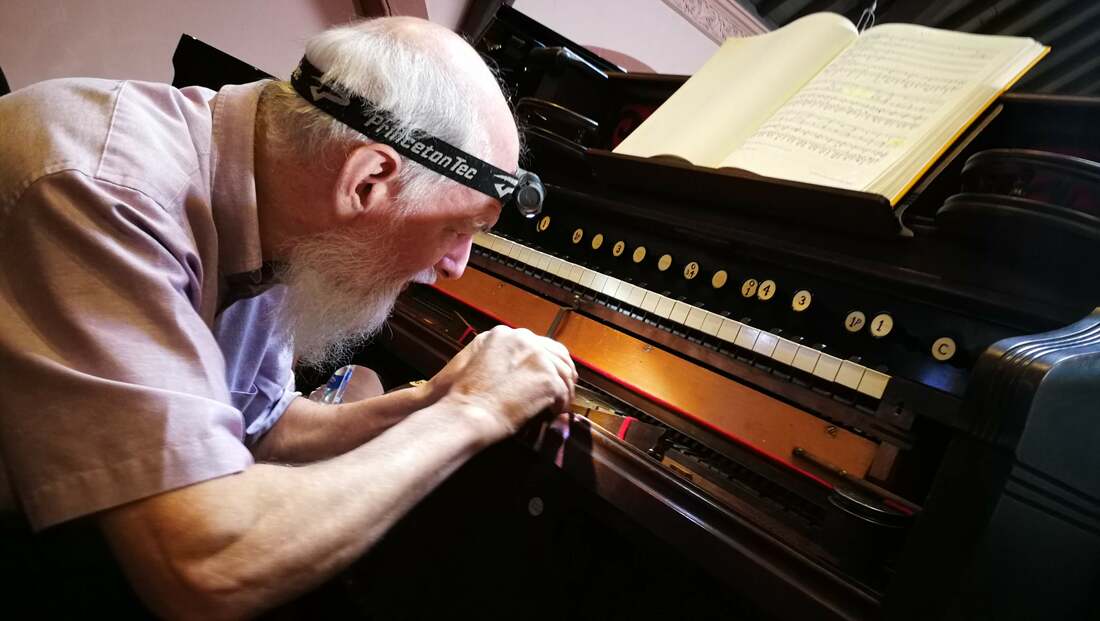
She even adapted his surname for her fictional scientist. It is believed that Mary Shelley was so fascinated by his research that he became one of the inspirations for her classic novel, Frankenstein. As an academic, Kratzenstein experimented with the effects of electricity on the human body. The prototype of the harmonium was designed by Christian Gottlieb Kratzenstein, a professor – not of music but physiology – at the University of Copenhagen. To go into the past and locate the precise starting point of an idea or an invention is tricky, but one must start somewhere. The harmonium was conceived in the West, but today largely resides in the East, particularly in the Indian subcontinent so much so that many mistakenly think it to be an Indian instrument. This is the story of a musical instrument that was birthed, died, and was reborn in the 230 or so years of its existence. Watch: An Indonesia zoo is breeding Komodo dragons to save world’s largest lizard from extinction.Hydropower dams are not the clean source of energy the Indian government thinks they are.‘There was no mustard to be found’ and other heartaches from the ‘Dilwale Dulhania Le Jayenge’ shoot.If you liked Netflix’s ‘The Chair’, read these four novels set in English departments.Plea to remove Modi’s photo from vaccine certificates is a dangerous proposition, says Kerala HC.Watch: Lahore man sings songs of late Kannada actor Puneeth Rajkumar, wins hearts on social media.‘Money Heist Part 5: Volume 2’ trailer: A final reckoning for the Professor and his gang.Why is the culture of punishment as spectacle so pervasive in India?.Can the police in India force someone to hand over their phone and check their messages?.How Twitter’s liberal policy on porn allows Indian Muslim women to be harassed.
#No sound from estey organ movie
#No sound from estey organ generator
Tone generator cabinet showing the vacuum tubes and speakers of the Minshall Organ (image copyright Swartko) The Minshall company finally came to an end in 1955 Burton Minshall became ill, sold all of his shares in the company and eventually died in 1957. In 1947 Minshall’s company merged with Estey to form ‘Minshall-Estey Organ Inc’ where they continued to produce electronic organs based ion Minshall’s designs until 1954 when Minshall severed ties with Estey. Minshall’s original plant in Ontario Canada moved in 1946 to Brattleboro, Vermont USA due to the proximity of Estey Organ Co – a well known and established manufacturer of reed organs. This first amateur design eventually lead to the establishment of a successful organ manufacturing company selling mainly to churches and funeral parlours as well as the home organ market. Minshall’s design was originally intended as a home build project. Numerous electronic organs were produced during the 1950s in what became a fiercely competitive market, eventually dominated by companies such as Hammond, Conn and Gulbranson (who in turn were forced out by heavy competition from Japanese integrated circuit designs in the 1960s).

These electronic tube organs were an early post war design – targeting a new and affluent US middle class and competing with tone wheel, pipe and reed based organs. The Minshall range of electronic Organs were designed by the ex-radio repairman Burton Minshall (Born Dereham Township, Oxford, Ontario, Canada 9th aug 1907 .

1931: Radio Organ of a Trillion Tones, Polytone Organ & Singing Keyboard.'Dr Kent's Electronic Music Box', Dr Earle Kent, USA, 1951.'MUSIC N', Max Vernon Mathews, USA, 1957.'Photo-Electric Marimba' or 'Marimbalite'.'Clavecin Électrique' or 'Clavessin Électrique'.Freddie Williams & Tom Kilburn, United Kingdom, 1951.



 0 kommentar(er)
0 kommentar(er)
